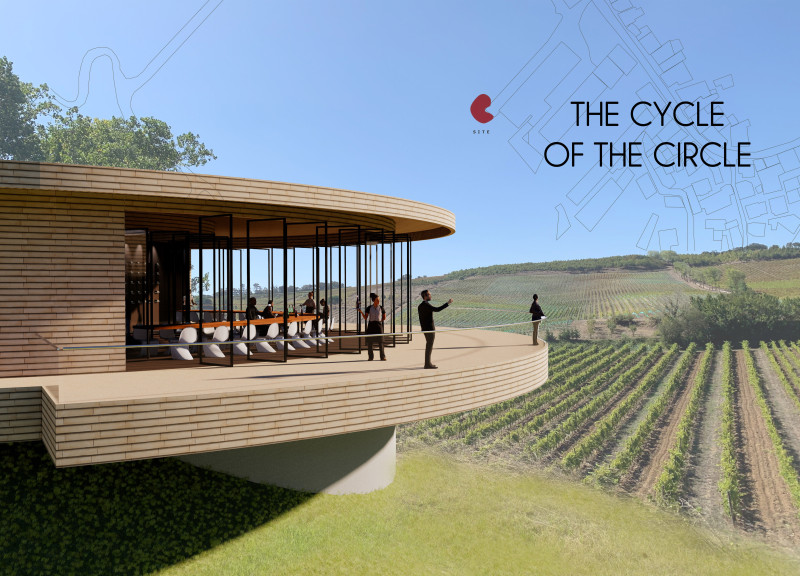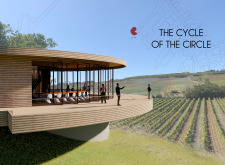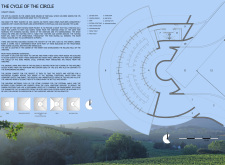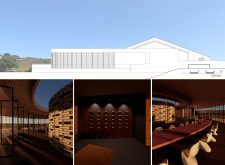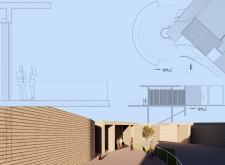5 key facts about this project
The design for a wine tasting room in the Lisbon wine region of Portugal focuses on creating a welcoming space for Quinta do Monte d'Oiro, a vineyard known for its high-quality wines since its first harvest in 1997. This area, recognized for its favorable wine-making conditions, provides the perfect setting for a space that enhances the experience of tasting wine. The overall design aims to be open and inviting, encouraging visitors to connect not only with the wines but also with each other and the surrounding landscape.
Design Intent
The tasting room is designed to accommodate up to 30 visitors, featuring a central table that serves as a gathering point. This layout promotes community engagement, allowing guests to interact while sampling different wines. The arrangement supports easy movement throughout the space, making it simple for visitors to immerse themselves in the experience while enjoying the beautiful views of the vineyard.
Site Integration
Located at the corner of the winery, the design takes advantage of the site's natural slopes, offering clear views of the vineyard's rolling hills. A circular axis is a central feature of the design, framing these vistas while guiding visitors as they navigate the space. This thoughtful positioning helps guests feel more connected to the wine-making process, enhancing their overall experience.
Material Choices
In terms of materials, the project uses stone cladding for its external walls and incorporates exterior floor finishes. The local limestone selected emphasizes sustainability and reduces the carbon footprint. This choice of materials reflects regional characteristics and ensures that the building fits well within its surroundings, complementing the local architectural style.
A key aspect of the design is the internal courtyard, which provides a calm area for visitors to pause before entering the main tasting room. This courtyard invites guests to take a moment to appreciate the vineyard, creating an opportunity to engage with the landscape. The design aims to deepen the appreciation of the wine-making process, encouraging visitors to connect more meaningfully with both the space and the natural setting.


